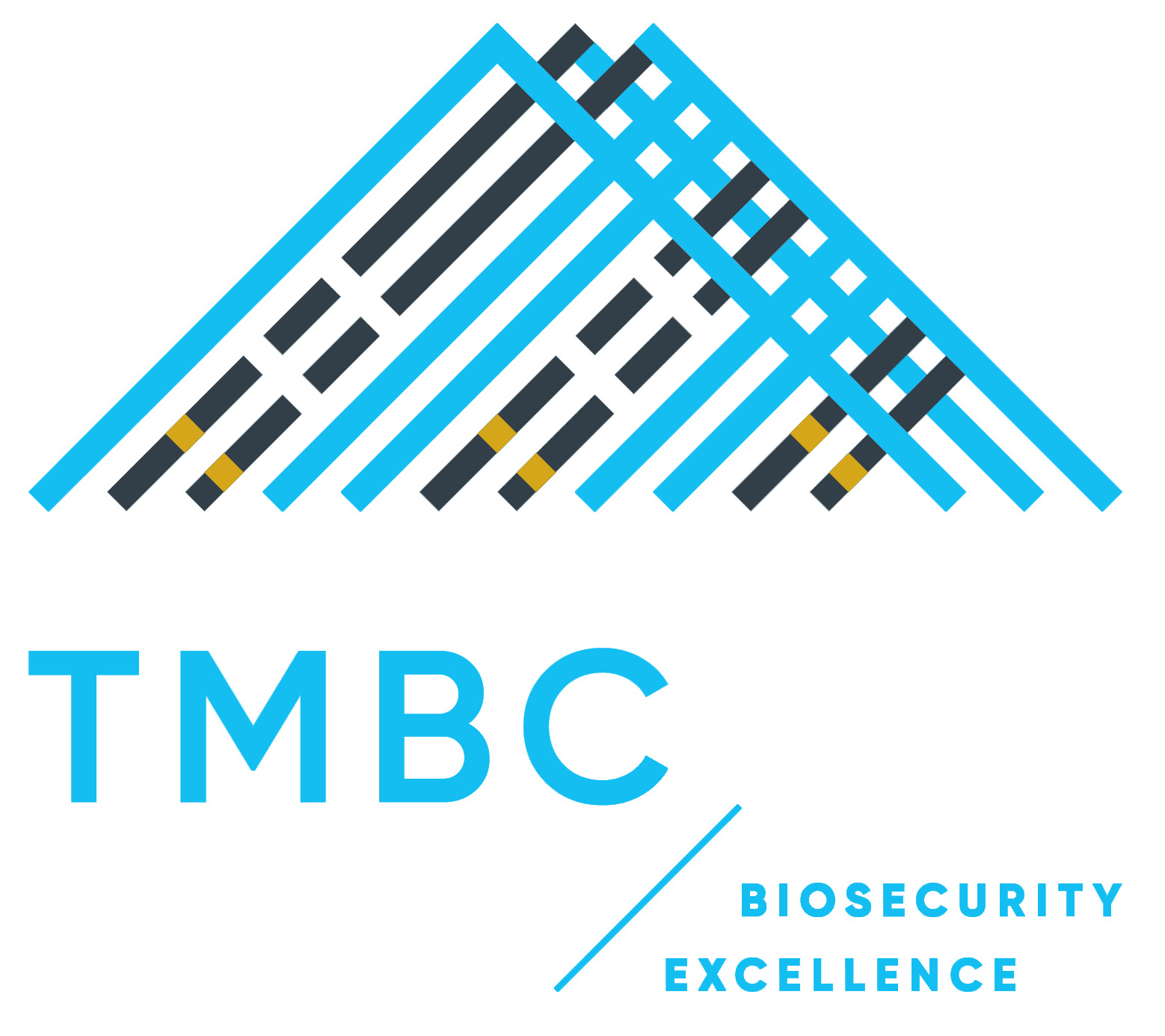How effective is your biosecurity?
The TMBC Symposium was just one of several biosecurity events held during the last week of October. KVH and Zespri jointly hosted a Kiwifruit Grower Biosecurity Day, providing the opportunity to learn more about the work underway to protect the industry from unwanted pests and diseases.
Around 80 growers and industry members were treated to a series of presentations that covered current research and development initiatives, the readiness work of KVH, and the current biggest threats to kiwifruit.
Ceratocystis fimbriata, commonly known in New Zealand as Brazilian Wilt, is one such threat. Special guest speaker Professor Acelino Alfenas, from the University of Viçosa in Brazil, presented on the impacts and control of wilt caused by the disease on kiwifruit in Brazil.
Professor Alfenas outlined the history of this invisible soil-borne pathogen, and how serious and lethal it has been in Brazil noting that in some orchards, 25-30% of plants may die every year. Brazilian Wilt has a wide host range and is known to spread via packing materials, logs, pallets, wood chips, souvenirs, and by cuttings. It is also spread by orchard tools such as knives and pruners.
Brazilian Wilt relies on humans for long distance spread and the highest risk pathway is on the footwear of someone who has worked on an orchard overseas and comes to New Zealand. This led to questions from presenters to those in the audience about how effective biosecurity practices are on their orchards to manage the risk and keep it out.
The key message was that we all need to be our own biosecurity agents, understand risks, and have biosecurity proactiveness in place now, before an incursion.
KVH Biosecurity Manager Matt Dyck followed this up when he talked about the kiwifruit industry’s readiness and response planning, which aims to reduce the likelihood and impact of an incursion (through planning with industry and Biosecurity New Zealand), advancing tools and knowledge, and raising industry awareness and best practice.
Part of raising awareness with industry is promoting the Kiwifruit’s Most Unwanted list, which was detailed on the day to explain what is on the list and why. The newly updated list has been used to create easy to use leaflets and posters available to growers and include a new addition – the Spotted Lanternfly, which has yet to be seen in New Zealand but is causing damage in the USA considered to be just as bad as the Brown Marmorated Stink Bug (BMSB).
Sonia Whiteman from the Zespri Innovation team also mentioned the Spotted Lanternfly when providing an update on Research and Development priorities for 2019/20. Alongside ongoing work learning more about management of BMSB and the similar Yellow Spotted Stink Bug, there will be research into field management of Spotted Lanternfly and the damage it could do to plants and vines.
Pathogens (Brazilian Wilt and Phytophthora) are a priority for the team too, as is gaining a greater understanding of barriers to the adoption of best practice biosecurity guidelines which were created and implemented by KVH earlier this year.
The day ended with a short presentation from AgResearch’s Penny Payne about the social science research undertaken during last year’s Biosecurity Week to measure biosecurity awareness and behaviours in four Port of Tauranga communities: Port staff, those who work at Transitional Facilities, the Mount Maunganui community, and local school children.
